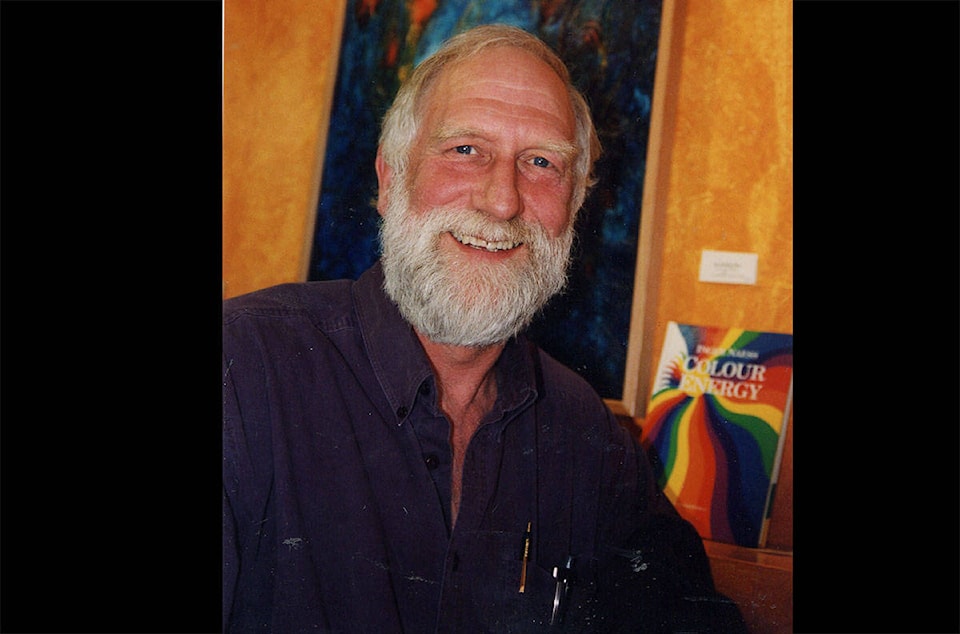David Montgomery from the University of Washington, who has written Dirt: The Erosion of Civilizations, spoke recently in Manitoba about regenerative agriculture being our greatest hope in farming.
He talks of the “Fifth Revolution” or Regenerative Agriculture.
The other revolutions have been:
First, planting things: cultivation and tillage.
Second, soil husbandry: legumes and crop rotation.
Third, mechanization and industrialization(1900s).
Fourth, green revolution and biotechnology (1970 to present).
Fifth, soil health, integrating modern science and soil husbandry (2018 and onward).
Many writers over the decades have written about how civilizations fail when they have exhausted their soils on food producing lands.
Montgomery feels that farmers are leading this revolution and it promises to restore the degraded soils in the world and in North America.
I know that here we don’t frequently farm (plow up) our fields, but nevertheless we seem to be adding nutrients to keep up the production. The general idea of regenerative agriculture is to husband the bugs, microscopic critters, bacteria and fungi, all which provide free manufacturing of nutrients for topsoil building.
Some critics will say we can’t reduce production by our methods, but others say that sometimes less production per acre is more profitable (fewer input costs).
The local part of this movement (or revolution) needs to be our focus here in the Cariboo.
All production is local, and all information about farming is contextual, that is, it needs to be relevant to our local needs for our farming and ranching businesses.
Last weekend, the agricultural leadership in the North Cariboo held an annual workshop focusing on production of crops and grazing management.
For the most part, there were local “experts” presenting their experiences. We have local expertise that can be tapped.
Three items were of particular note. “Building Tilth” and “Soil Conservation” was covered thoroughly by George Powell, well-known local consultant on Best Practices and Soil Management.
The second item was the report from the Agriculture Working Group (by Lori Fogarty) to chart the future of agriculture in the North Cariboo.
This working group led to the creation of the Agriculture Development Advisory Committee (ADAC) which is sanctioned and officially appointed by the Cariboo Regional District (CRD) and the caucus of rural directors of the board.
Also of note is the renovation of the agriculture facilities at Alex Fraser Park which will be one of those “build it and they will come” phenomenon. Remember “The Field of Dreams!”
The North Cariboo is to be congratulated on driving forward its almost completed business plan for an enterprise centre for food processing as a local food hub. This takes money and local energy.
It is my hope that other subregions of the Cariboo will follow suit and provide advice to local government on supporting local food production and local agri-food industry.
Finally, I would like to pay tribute to the Kersley Farmer’s Institute, the organizers of the event. They are helping build the capacity of local producer organizations to collaborate in leading agriculture developments.
